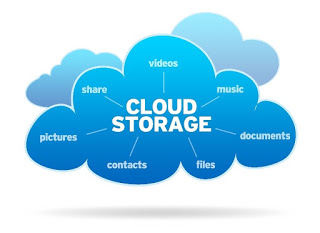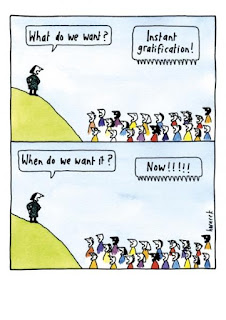Improvement Plan
Technology today allows us to instantly find answers online, access to media, capture a moment, communicate with someone and expect results instantly. I chose to discuss improvement on instant gratification, newsgathering and texting over talking. We want it now, now, now and we won't settle for anything less. This instant gratification stunts children's ability to build, to allow to be critical consumers of media (Weinberger, 2014). This has become a cultural limitation because, children today they don't understand learning comes at the end of doing, says Weinberger. A recommendation from Weinberger is that in children we focus on effort not on outcome. I think this will work with us as adults as well. The instant answers and access isn't necessary for us, put it’s become a part of us and it is because it is convenient, but defiantly not a need to have everything be done faster and immediately. The technology is here to stay for while at least, but we can lessen t...



